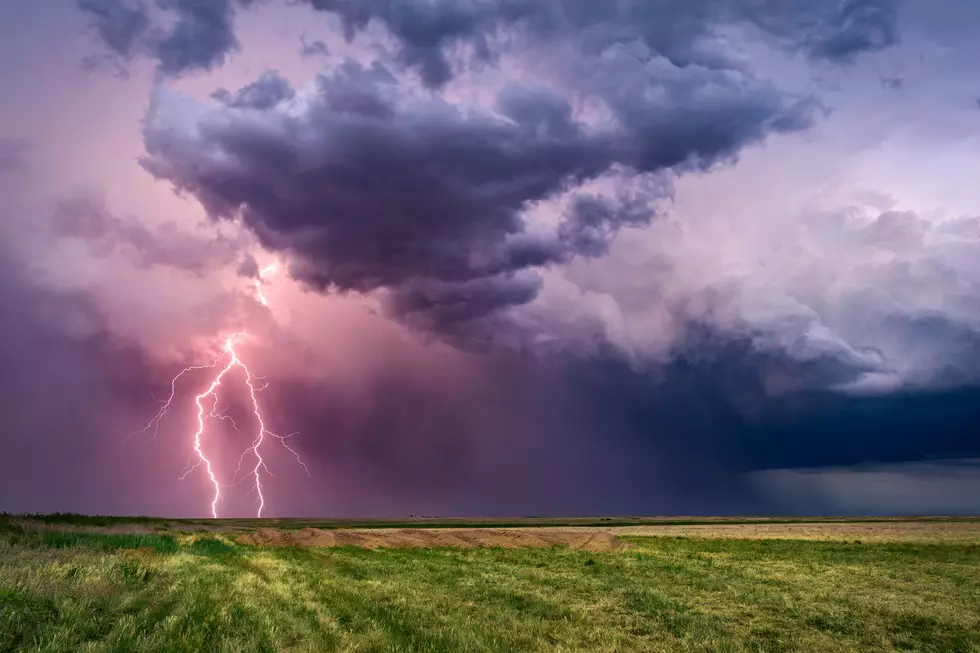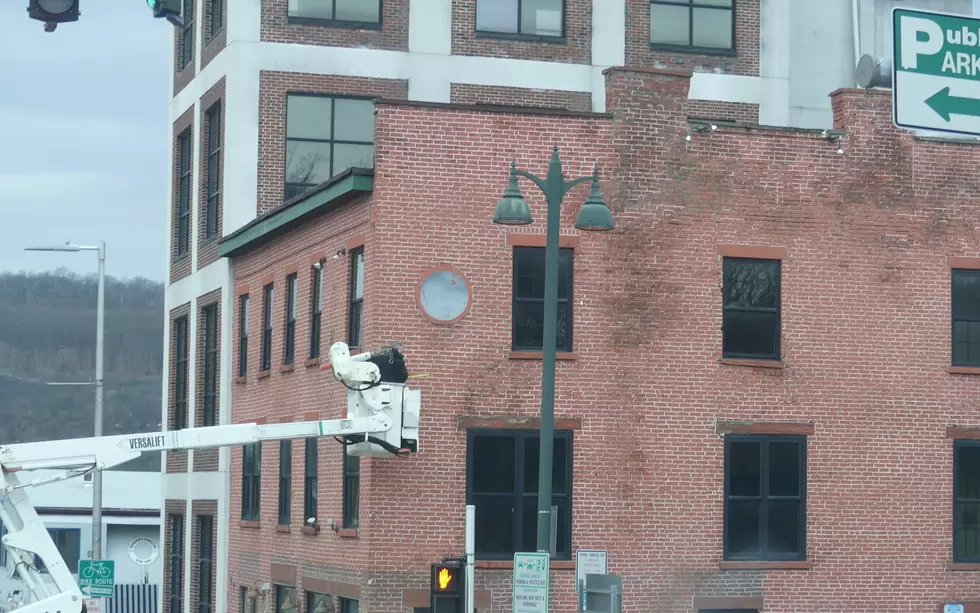
Severe Weather Possible For the Hudson Valley As Temperatures Rise
As the summer heat and humidity continues to rise, the chance for severe thunderstorms is possible in the Hudson Valley. NBC says an approaching cold front could bring strong storms by mid to late Tuesday afternoon, as heat indexes approach the mid-90s across the area. The combination of high temperatures and humidity provides fuel for storms to form, and when the atmosphere becomes this unstable, the chance for severe weather exists.
And while the chances for tornadoes hitting are slim, they can not be ruled out entirely, according to forecasters. Tornadoes are often extremely difficult to predict in the Northeast but are always a possibility this time of year.

Severe Forecast
Hudson Valley Weather says that scattered strong to severe thunderstorms could pop up by afternoon as the front moves through. The Storm Prediction Center has issued a SLIGHT risk for severe weather, which is 2 out of 5 on the severe weather scale (some parts of Northern New Jersey have an ENHANCED risk).
Right now, strong straight-line winds are the main concern, which could bring down trees and power lines. But while heavy rainfall is expected over areas, the storms are predicted to quickly move through the region so flash flooding is not expected.
Once the front has pushed through, temperatures are predicted to stay in the mid to upper 80s for the week, with another heat wave possible by next week, according to TWC.
Will Hurricane Season Be As Bad As Last Year for the Northeast?
The Hudson Valley and Northeast felt the effects of several storms during the active 2021 season. Hurricane Henri moved ashore in Rhode Island in August, and then slowly drifted west before dissipating over New York. Both Hurricane Elsa and Tropical Storm Fred initially hit Florida, but their remnants moved up the East Coast, bringing heavy rainfall across parts of the Hudson Valley.
The most powerful storm the area experienced in 2021 was Hurricane Ida, which made landfall in Louisiana and then pushed inland towards the Northeast. Ida brought catastrophic flooding and tornado warnings to parts of New York City, as well as areas to the north as it blew through. Many areas of the Hudson Valley experienced heavy flooding and power outages.
So, 2022?
AccuWeather says that this upcoming hurricane season could be as active as last year's. Veteran meteorologist and hurricane expert Dan Kottlowski is calling for 16 to 20 named storms and six to eight hurricanes. Of those hurricanes, experts predict major hurricane strength (which is Category 3 or higher). This will once again make it an above-average tropical season in the Atlantic if these predictions are accurate.
How Strong Can Tornadoes Be?
Tornadoes have been rated since 2007 by something called the Enhanced Fujita Scale, which measures the amount of damage a tornado causes. Before 2007, it was simply known as the Fujita Scale. An EF-0 is the weakest on the scale, while an EF-5 is the strongest. The most powerful tornadoes can produce winds in excess of 300 MPH and have been known to sweep foundations completely clean while tossing multi-ton structures tens of thousands of feet into the air. While many of the tornadoes that have struck New York state are generally on the weaker end of the scale, could a large tornado strike and do major damage? Some of it depends on location.
New York State's Tornado History.
How often do they strike NY? Read HERE.
Has New York Ever Been Hit by a Tsunami?
Tsunamis are often associated with earthquakes and landslides, but have they happened in New York state? Read HERE.
KEEP READING: Get answers to 51 of the most frequently asked weather questions...
LOOK: The most expensive weather and climate disasters in recent decades
More From WPDH-WPDA







